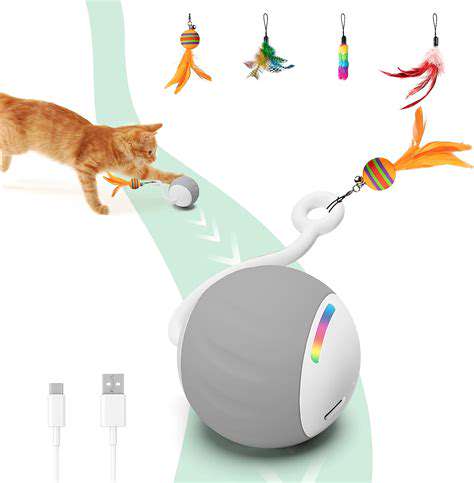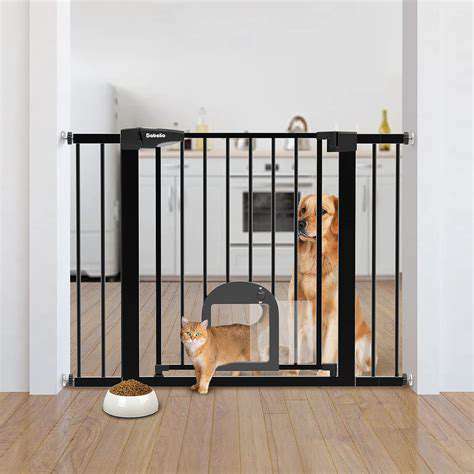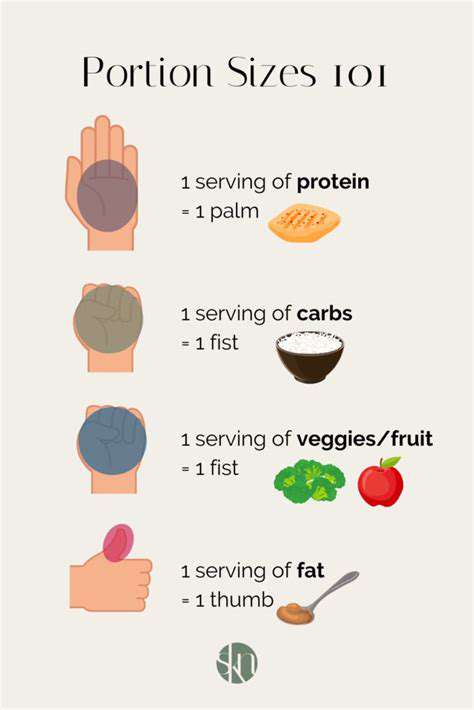Dog Water Bowls: Keeping Your Pup Hydrated
Factors to Consider When Choosing a Dog Water Bowl
Bowl Size and Shape
Choosing the right size and shape for your dog's water bowl is crucial for their comfort and hydration. A bowl that's too small can force your dog to awkwardly tilt their head, potentially straining their neck or making it difficult to drink comfortably. Conversely, a bowl that's excessively large might take up too much space in your home or lead to spills. Consider your dog's breed and size when selecting a bowl, as larger breeds generally require larger bowls to prevent them from feeling cramped while drinking.
The shape of the bowl also matters. Shallow, wide bowls can be good for dogs who prefer to lap up water, while deeper bowls might be better for dogs who prefer a more controlled drinking method. Consider your dog's drinking habits to make the best choice. A bowl that's too shallow could lead to water splashing, while one that's too deep might make it harder for smaller dogs to access the water.
Material and Durability
The material of your dog's water bowl significantly impacts its lifespan and potential health risks. Stainless steel is a popular choice due to its durability and non-porous nature, which helps prevent the growth of bacteria and mold. Ceramic bowls are also a good option, offering a visually appealing aesthetic, but they can be more fragile than stainless steel. Plastic bowls, while often inexpensive, can harbor bacteria if not properly cleaned, and some plastics can leach chemicals into the water, posing a potential health concern. Consider the long-term value and your dog's health when choosing a material.
Durability is key. Look for bowls made from materials that can withstand your dog's chewing habits. If your dog is a chewer, a stainless steel or ceramic bowl might be a better choice to avoid splinters or pieces breaking off. Choose a material that's resistant to scratches and dents to maintain its structural integrity over time. A well-built bowl will last longer and provide consistent hydration for your furry friend.
Cleaning and Hygiene
Keeping your dog's water bowl clean is paramount to their health. Regular cleaning prevents the buildup of bacteria and other harmful microorganisms that can lead to digestive issues and other health problems for your dog. Choose a bowl that's easy to clean and sanitize. Stainless steel and ceramic bowls are generally easier to clean than plastic bowls and can be thoroughly sanitized in the dishwasher or with hot soapy water.
Think about the practicality of cleaning. A bowl with a removable base or separate compartments can make cleaning a breeze, allowing for easy access to all surfaces. Regular cleaning is not just about preventing bacteria, it's about maintaining a fresh, hygienic environment for your dog to drink from, contributing to their overall well-being.
Ease of Use and Portability
A dog water bowl should be easy to fill and clean, and a good bowl should be easy to transport if needed. Consider the size and weight of the bowl when you are filling it regularly. A lightweight bowl will be easier to refill multiple times a day. Choose a bowl with a design that makes it easy to pour water into, minimizing the risk of spills. For active dogs, a portable bowl is a great option to ensure they have access to fresh water throughout their day, whether you're at home or on the go.
Portability is important if you have an active lifestyle with your dog or if you take them on outings. A sturdy, lightweight bowl that's easy to carry and transport is essential for keeping your dog hydrated during walks, hikes, or trips to the park. Ultimately, choosing a bowl that is both convenient and functional will benefit both you and your dog.
Tips for Encouraging Your Dog to Drink Plenty of Water

Positive Reinforcement Techniques
Using positive reinforcement is crucial for training any dog, especially when it comes to encouraging desired behaviors. This involves rewarding your dog immediately after they perform the desired action, such as sitting, staying, or coming when called. This immediate reward strengthens the association between the action and the positive outcome, making it more likely they'll repeat the behavior. Treats, praise, and toys are all effective positive reinforcement tools. Vary your rewards to keep your dog engaged and motivated.
Consistency is key to positive reinforcement. Using the same cues and rewards each time helps your dog understand what you expect and ensures a more predictable and successful training experience. This consistency builds trust and strengthens the bond between you and your dog. Remember to keep training sessions short and enjoyable to avoid your dog getting bored or frustrated.
Understanding Your Dog's Needs
To effectively encourage desired behaviors, you need to understand your dog's individual needs and motivations. Different breeds and even individual dogs have varying personalities and preferences. Some dogs are highly motivated by food, while others are more motivated by praise or play. Observe your dog's natural tendencies and preferences to tailor your training approach effectively.
Consider your dog's age and health when implementing training strategies. Puppies and senior dogs may require modified approaches compared to adult dogs. Understanding these nuances allows you to adjust your training methods to ensure a positive and successful experience for both you and your dog.
Creating a Supportive Environment
The environment in which you train your dog significantly impacts their ability to learn and respond positively. A calm and quiet environment is ideal for training, minimizing distractions that might confuse your dog and prevent them from focusing on the task at hand.
Avoid training your dog when they are tired or hungry. A well-rested and content dog is more receptive to learning. Create a positive and enjoyable atmosphere during training sessions. This will help your dog associate training with positive experiences and foster a willingness to learn.
Patience and Consistency Are Key
Training a dog takes time and patience. Don't get discouraged if your dog doesn't immediately grasp the desired behavior. Consistency and positive reinforcement are vital for success. Regular, short training sessions are more effective than infrequent, lengthy ones. Celebrate small victories along the way to keep your dog motivated and engaged.
Be patient and understanding. Each dog learns at their own pace. Positive reinforcement should be the cornerstone of your training approach. Avoid punishment or harsh corrections, as these can damage the bond between you and your dog and make them less likely to cooperate in future training sessions.
Read more about Dog Water Bowls: Keeping Your Pup Hydrated
Hot Recommendations
- Best Pet Bowls: Stainless Steel and Ceramic
- Pet Hydration: Why It's Crucial
- Stop Counter Surfing: Training Your Dog to Stay Off
- Pet Hypothyroidism: Symptoms and Management
- Signs of Pet Liver Disease: What to Watch For
- Pet Emergency Kits: What to Pack
- Dangers of Xylitol: Toxic to Dogs
- Dealing with Pet Diarrhea: When to See a Vet
- Preparing Pets for Travel: Tips for a Smooth Trip
- Pet Depression: Recognizing the Signs











